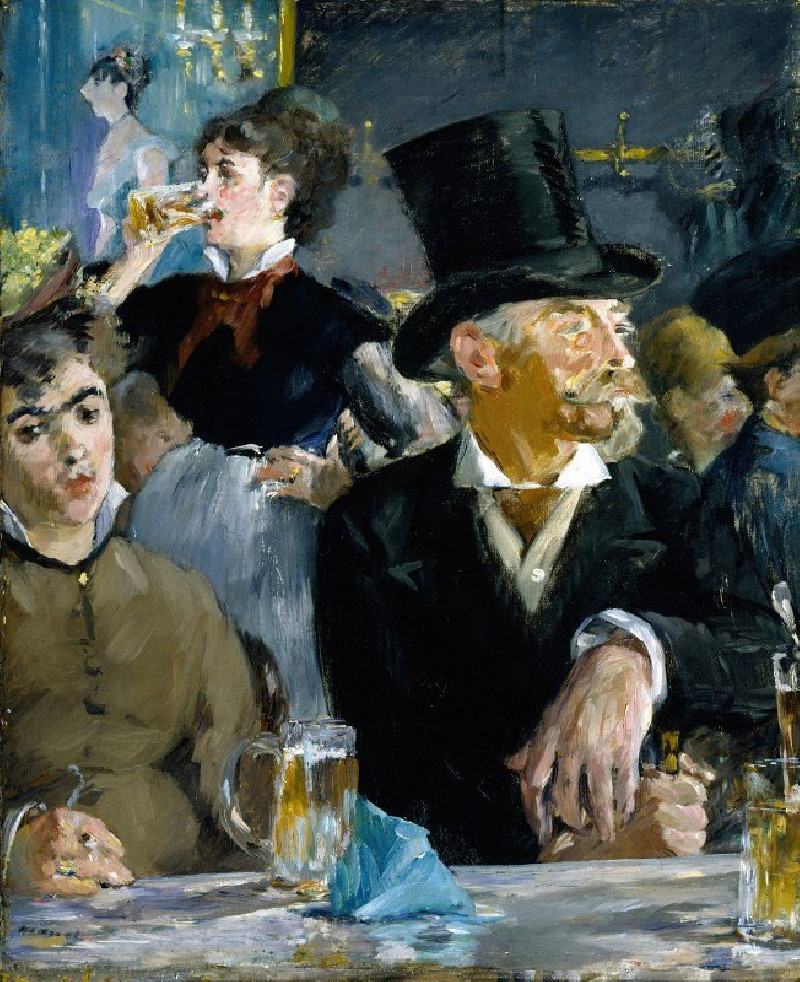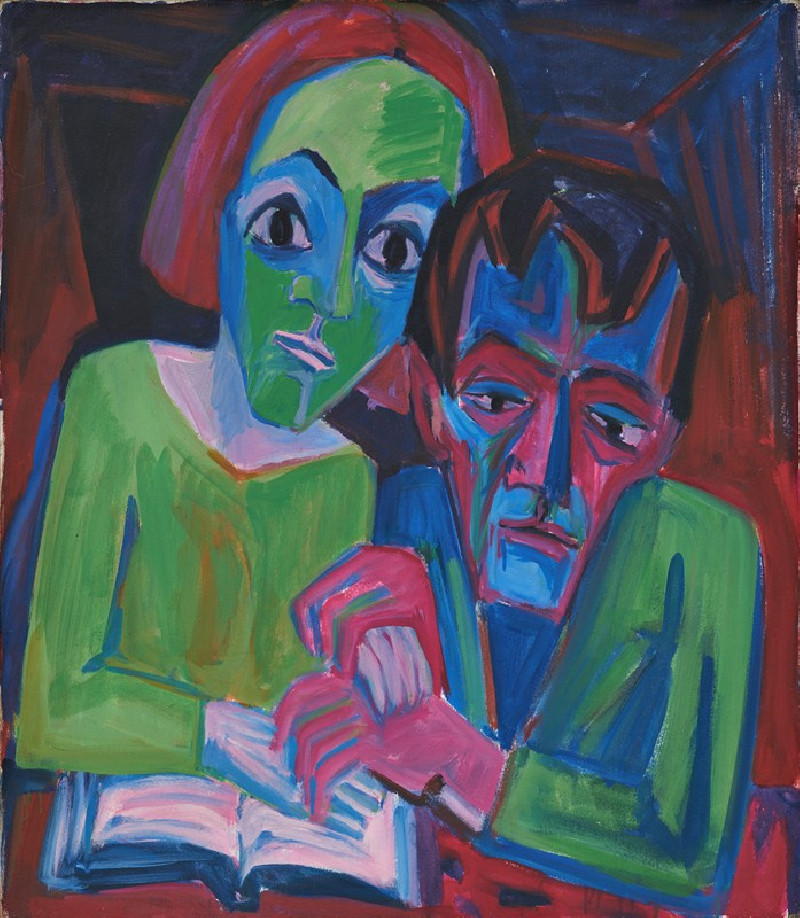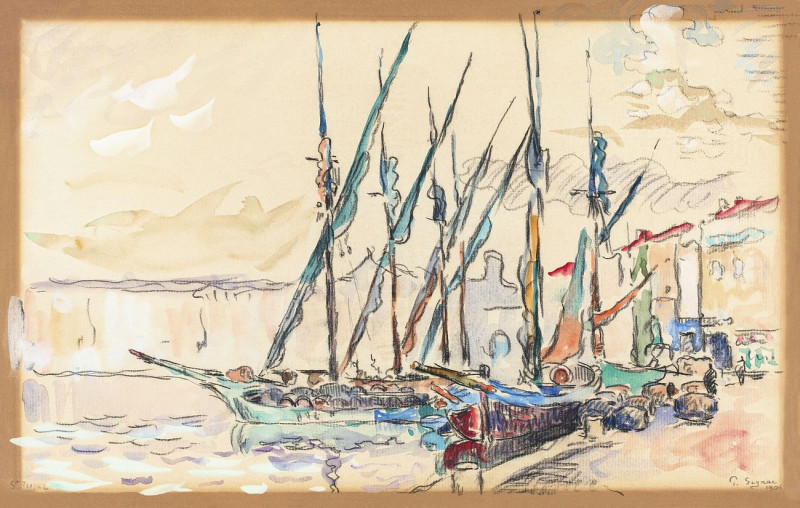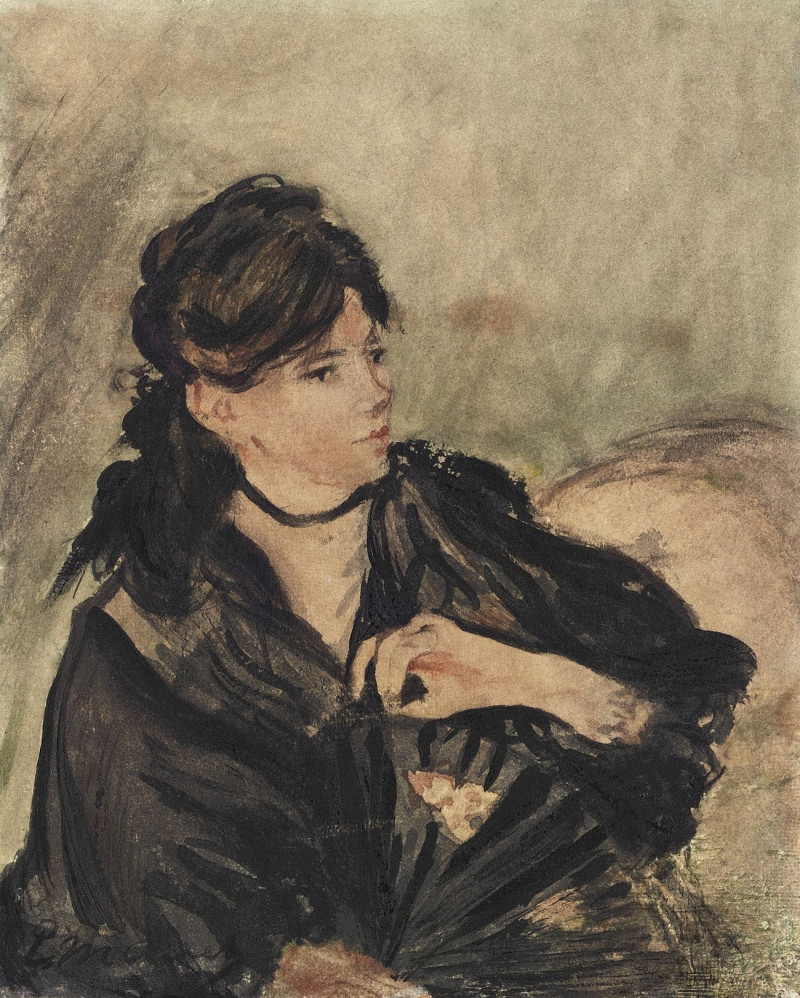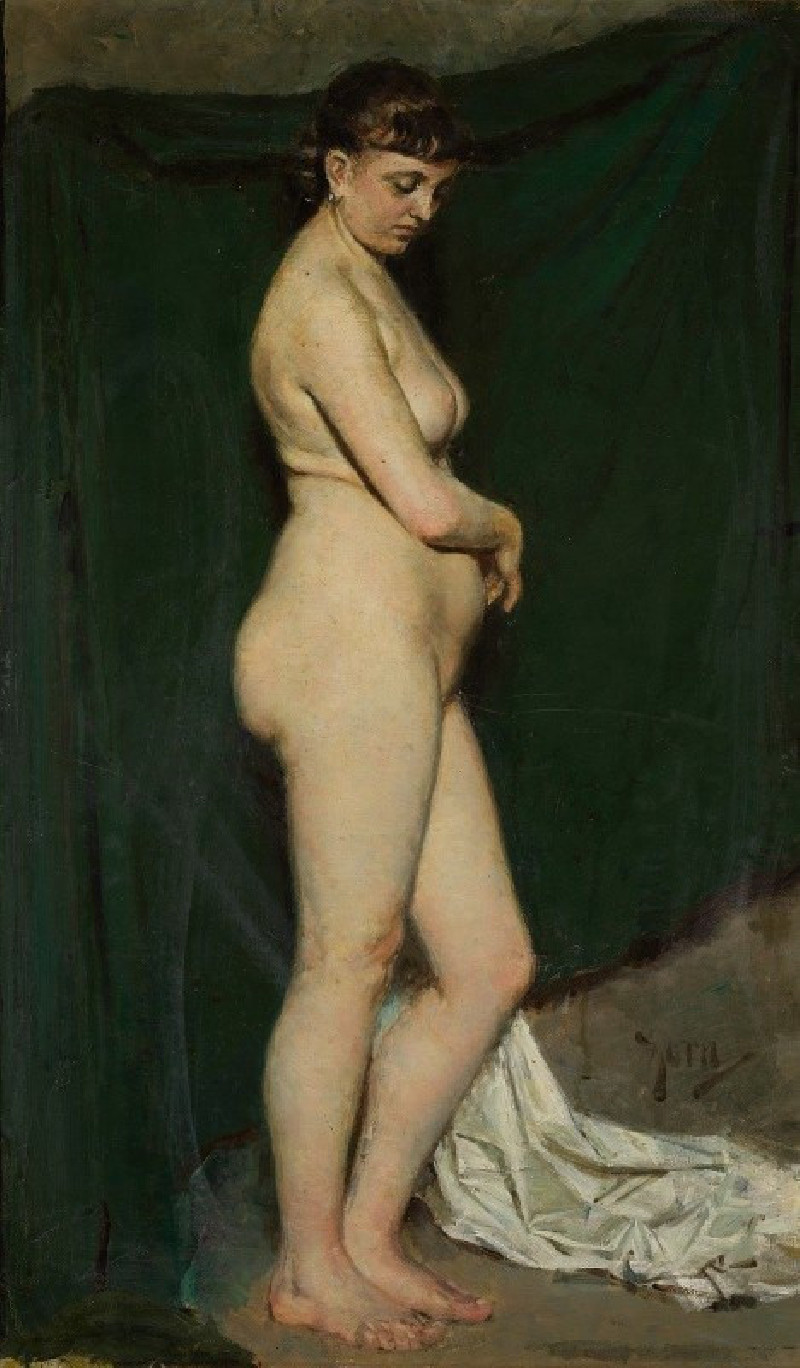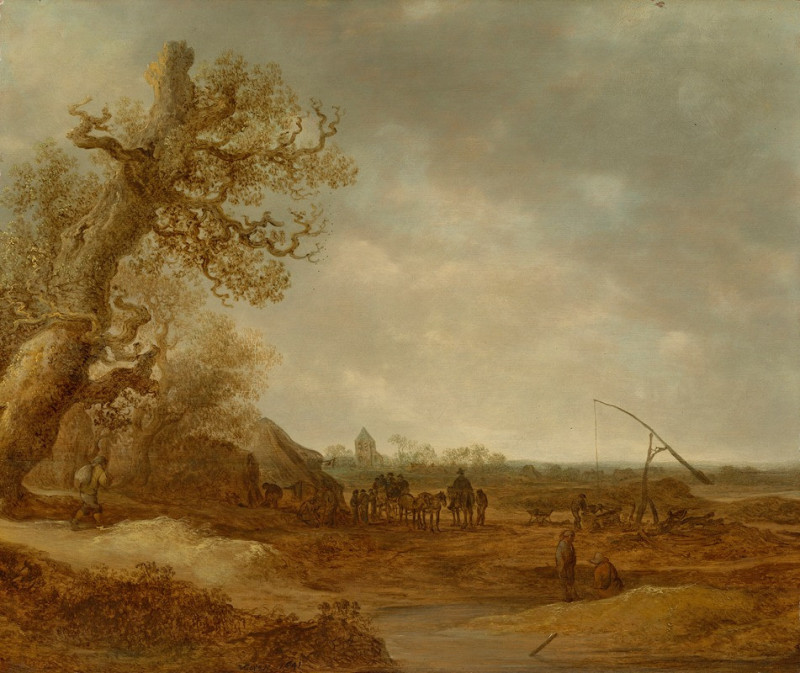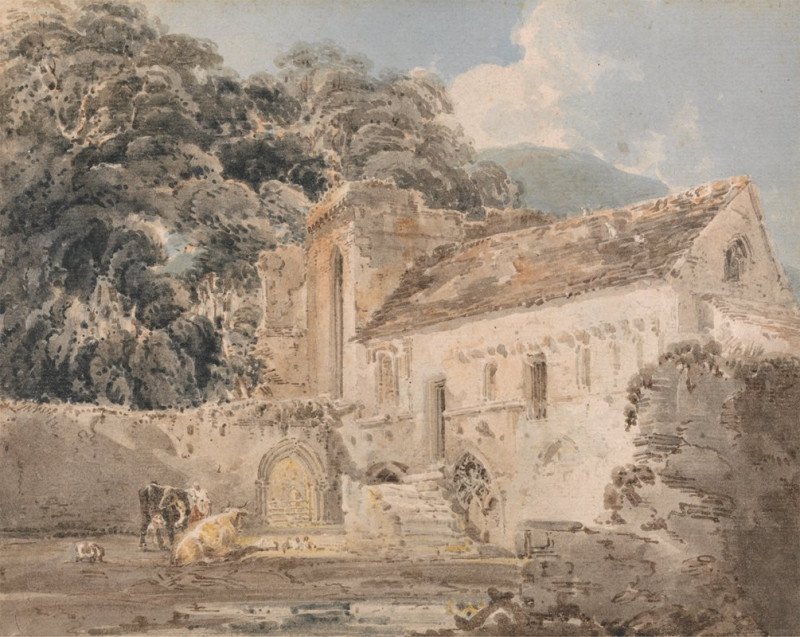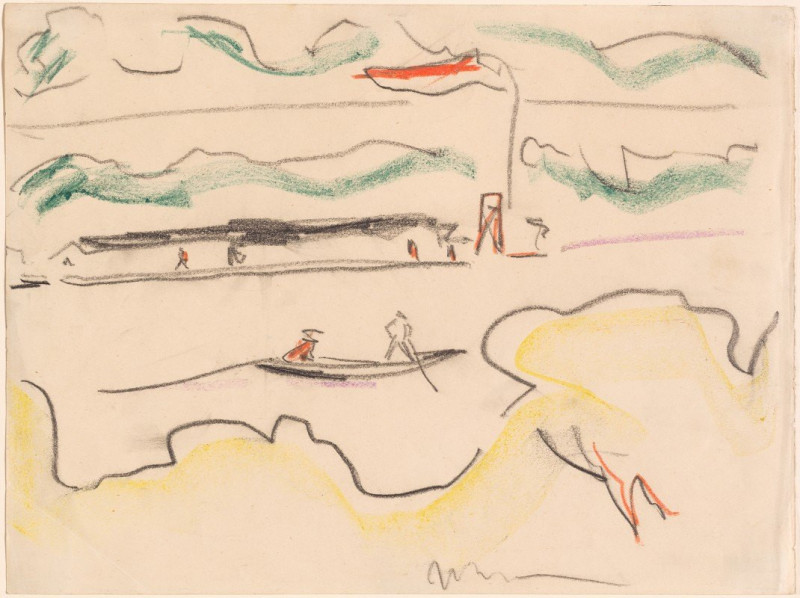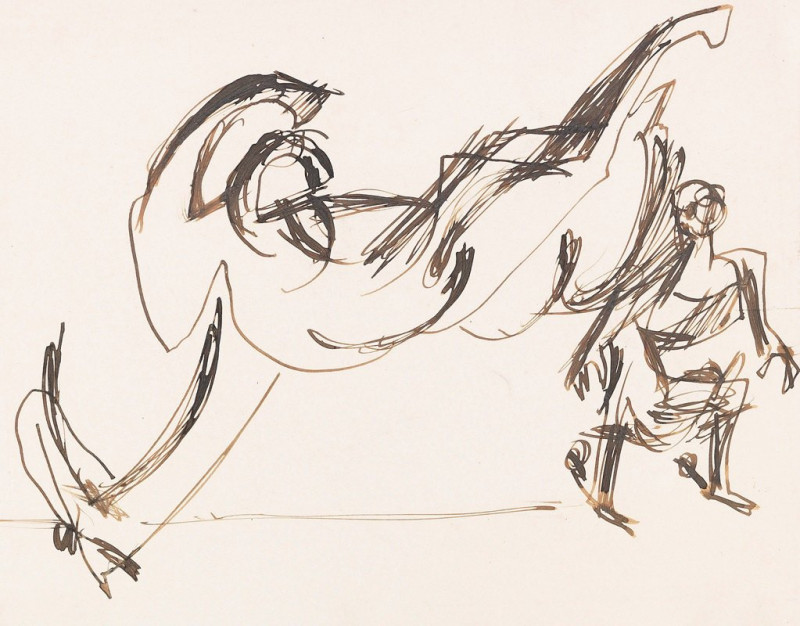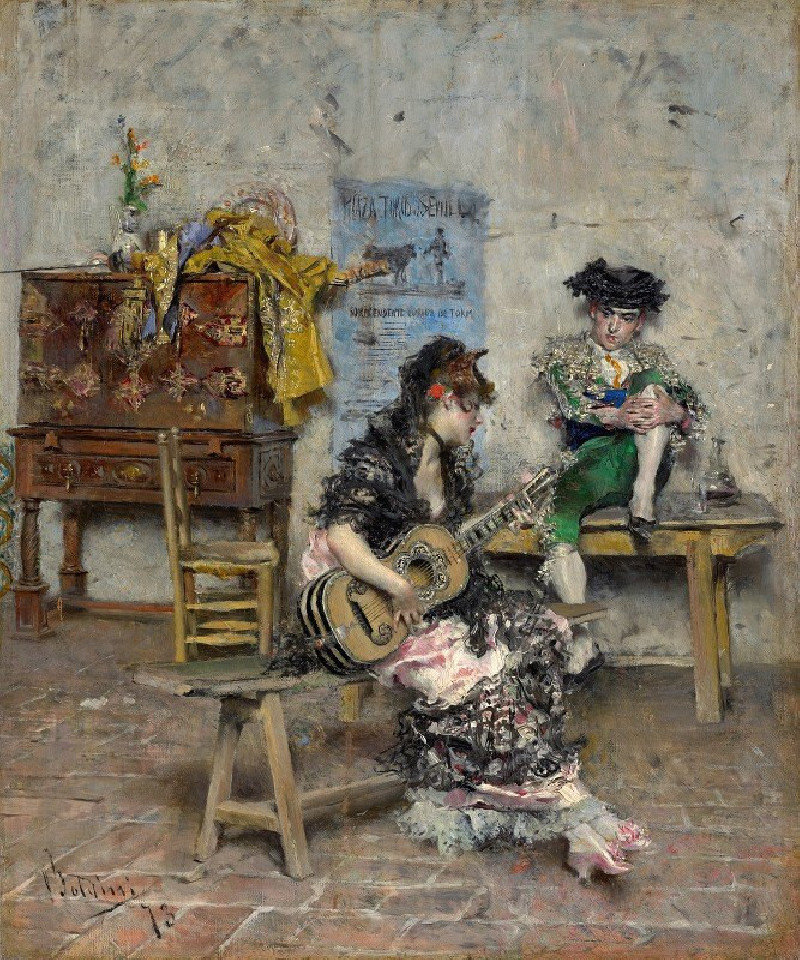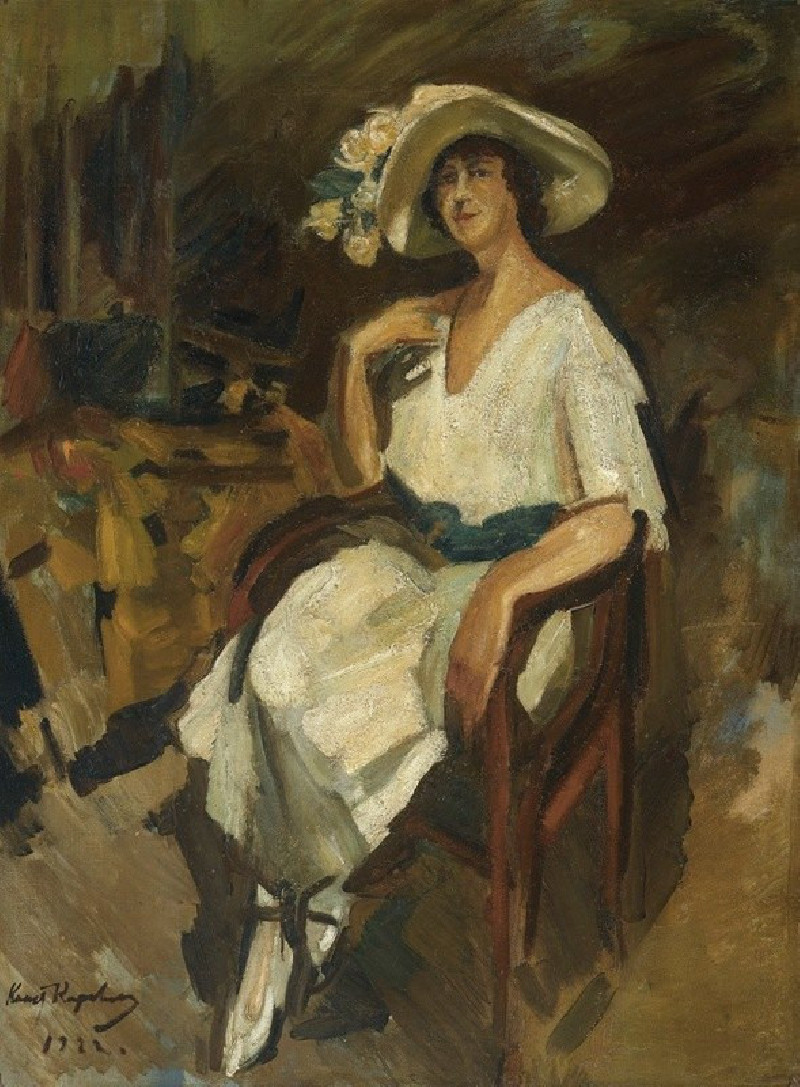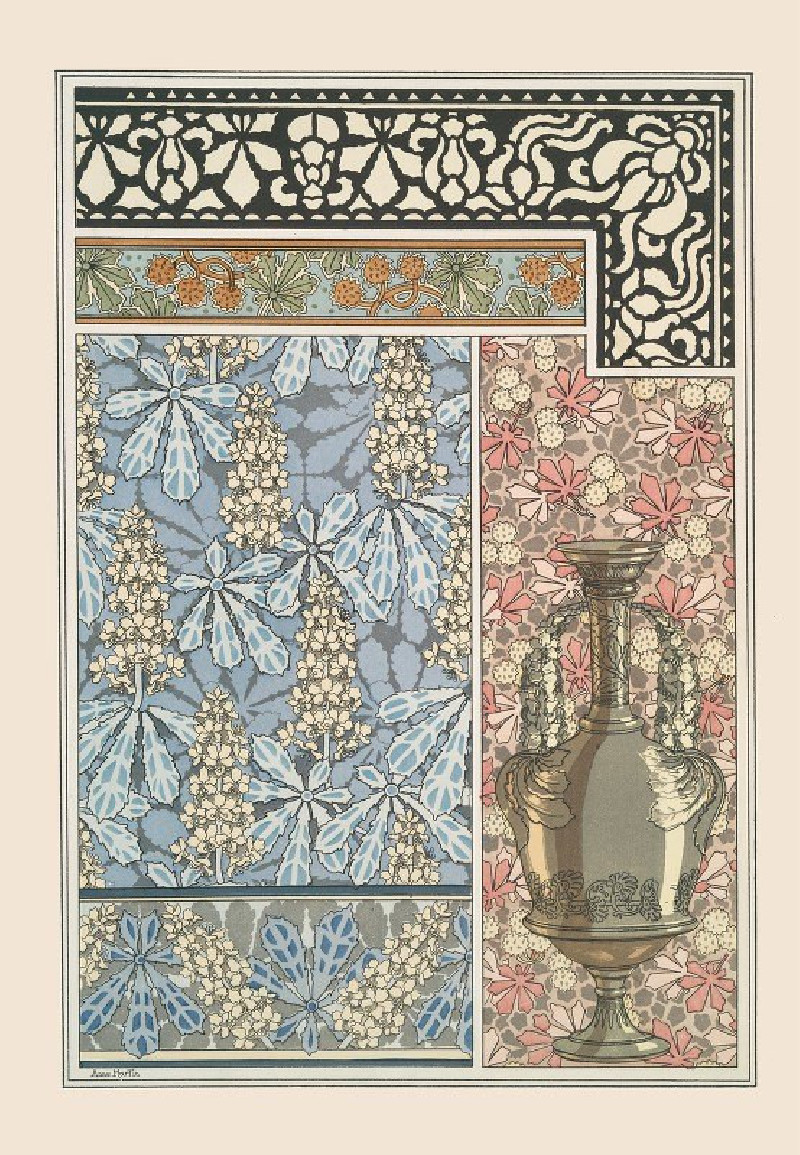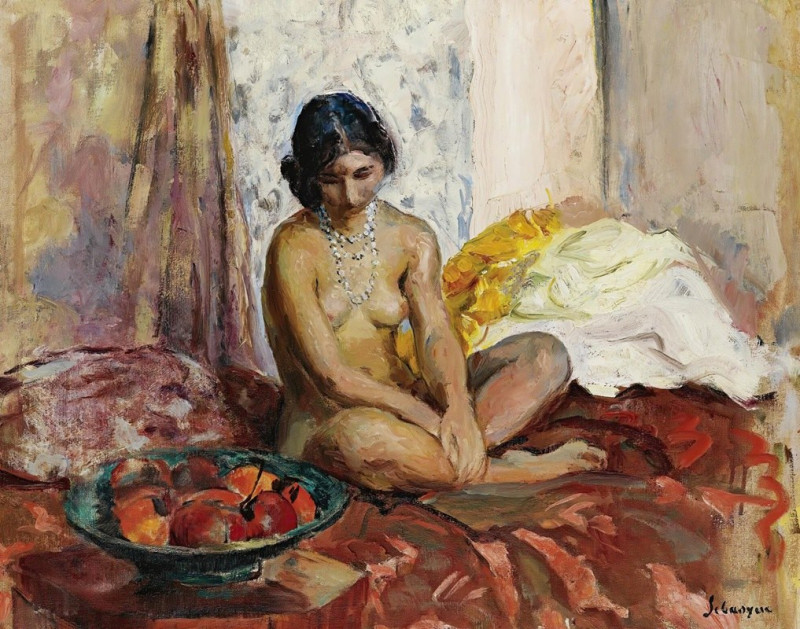At The Café
Technique: Giclée quality print
Recommended by our customers
More about this artwork
Discover the vibrant social tapestry of 19th century Parisian life in Edouard Manet's painting, "At The Café." This remarkable artwork captures a bustling café scene, brimming with intrigue and energy.In the foreground, we see an elderly gentleman dressed in a black suit and top hat, his face marked by the wear of experience, gazing pensively off to the side. To his right, a youthful figure in a gray coat looks on intently, resting his chin on his hand in a gesture of contemplation or perhaps eavesdropping. Remarkably animated is the young woman at the center, who confidently sips from a glass, her expression one of enjoyment and independence. The energetic brush strokes and vivid lighting beautifully highlight her figure and the various patrons surrounding her, creating a lively, atmospheric setting.This painting not only showcases Manet's mastery in depicting light and shadow but also subtly critiques the social dynamics of his time, providing a window into the diverse interactions within the microcosm of a Paris café.
Delivery
Returns
Édouard Manet (1832–1883) was a French modernist painter and one of the first 19th century artists to paint modern life. His impressionist style is characterized by relatively small and thin brushstrokes that create emphasis on light depiction. Manet was one of the key artists in the transition from realism to impressionism, along with Claude Monet, Edgar Degas, and Pierre-Auguste Renoir. However, he resisted involvement in any one specific style of painting, and only presented his work to the Salon of Paris instead of impressionist exhibitions. His early masterworks, The Luncheon on the Grass and Olympia, created great controversy and served as a rallying point for other young painters.

